At first glance, the MoMA may be regarded as an extravagant waste of square footage, filled with merely a collection of splatters and errors on a canvas by artists who failed to achieve conventional acclaim. Instead, to compensate for their lack of traditional talent and to inflate their fragile egos, they decided to invent a unique section of art such as realism, cubism, abstract, and modern art. Entering the MoMA, this was my rigid and unyielding opinion that was extremely stubborn to change. My skepticism was only solidified as I explored the first floor, where the galleries seemed to merge into one single, unremarkable blur. I was unaware of the profound depth that modern art was capable of encompassing, and it was only until I reached the sixth and fifth floor when my understanding began to shift. Until that point, I maintained that in order for art to be considered beautiful, it must conform to my limited and narrow notions of what beauty is in order to be defined as art.

However, as I continued to explore the museum, I began to realize how art has the power to unite people. Though they may understand the piece just as little as I do, they sat together, stared, pondered, and discussed its potential significance. It became evident that the essence of art lies not solely in immediate reactions or understanding, but in the curiosity and connections that it is able to foster. Therefore, alluding that true beauty in this world is not always obvious or plainly evident as one may wish it could be. It will rather emerge through the process of shared exploration and interpretation with another human being and as we immerse ourselves into the art, we become an extension of the original work that now transcends the confines of the frame.
One of the first exhibits I experienced at the MoMA was the entrancing Deodorized Central Mass with Satellites by artist Mike Kelley. This piece features stuffed animals clustered in a cellular arrangement of one “central mass” and 13 “satellites.” In 1987 Mike Kelley began to make sculptures from stuffed animals, which he described as “the adult’s perfect model of a child”: cute, clean, and ultimately devoid of sexuality. However, Kelley’s plush toys, purchased secondhand from thrift stores and yard sales, were discarded and soiled from use. Seemingly beyond redemption, they are darkly humorous monuments to lost innocence an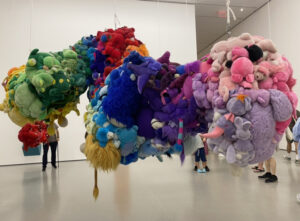 d repressed trauma.
d repressed trauma.
As these repurposed stuffed animals, now given new life, hung over us, we couldn’t help but become immersed in this moving display. Especially fascinating, I noticed that it was adults, in particular, who were deeply in awe and obviously affected by the piece. Where most art portrays an idealized version of the human body, leaving the spectator breathless and in adoration of the nude, Kelley’s work offered a stark contrast, an opportunity to rather confront and move beyond the objectification so prevalent throughout art history. Only when we are able to stray from these desires and revert back to a state of simplicity, when we were essentially pure, are we able to appreciate his art and enjoy a moment of respite, thus, momentarily reconnecting us with a more unburdened part of ourselves, still naive to the evil of the world. Through his art, Kelley gifted us a moment of peace, a chance to breathe, take back our stolen innocence, and in a sense, forget our pain, even for just a moment, thereby, offering us a fleeting escape from the pains of adult life that we were so violently forced into.
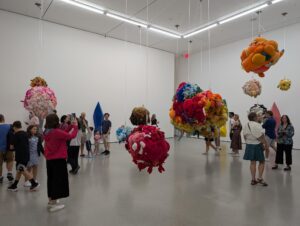
Moreover, I found it remarkable how the artist is able to understand the audience so well (perhaps due to the fact that he is also touched by it, as this work is able to speak to a multitude of individuals) and create a piece, conceived so brilliantly that it is able to symbolically and physically intertwine with us. When engaging with the art, the spectators are able to reflect on their lives, thus coming to grips with their lost innocence. And where the animals were at first beautiful, suspended symbols of childhood and a once pure life, they soon become us and we become one with the piece, now draping the room, dark monuments to lost purity and trauma as we confront our memories and come to terms with our own vulnerability.
Another piece that deeply resonated with me was René Magritte’s The Lovers (1928). The longer I contemplated this work, the more ways I was able to interpret it. Its mystery only heightened my fascination with the piece as it invites each spectator to uniquely ponder it. Thereby, giving them the freedom to elucidate it, and infuse it with personal significance and relevance to their own life, just as I did.
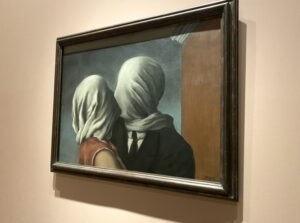 At first glance I found that the painting suggests that we are blinded by our desperate desires, leading us to push and impose the illusion of our greatest longings upon others or to selfishly embrace a distorted vision of those closest to us. After meditating on this work for a few minutes, I felt an impending revelation that perhaps The Lovers are trying to warn us of the unease in being unable to unveil the depth and truth of even the closest people in our lives and consequently constraining us to love a lie fed to us, an illusion of who they truly are. This poses a compelling question and leads the audience to wonder whether or not we truly connect with the people in our lives, or merely entangled in a web of illusion and a facade they force us to believe and love? Furthermore, the work explores the paradox of our yearning for love while grappling with the fabrications from our partner, as despite it all, we long and hunger to be wanted and accepted. For this reason, we push forth despite the pain and suffocation accompanying the mystery in our partner and secrets they may hold. Their true intention may be concealed, nevertheless you accept what is being offered in the moment due to the comfort in the passion they offer and the solace in their deception, despite knowing that you are alone in a partnership, trapped, and struggling to breathe.
At first glance I found that the painting suggests that we are blinded by our desperate desires, leading us to push and impose the illusion of our greatest longings upon others or to selfishly embrace a distorted vision of those closest to us. After meditating on this work for a few minutes, I felt an impending revelation that perhaps The Lovers are trying to warn us of the unease in being unable to unveil the depth and truth of even the closest people in our lives and consequently constraining us to love a lie fed to us, an illusion of who they truly are. This poses a compelling question and leads the audience to wonder whether or not we truly connect with the people in our lives, or merely entangled in a web of illusion and a facade they force us to believe and love? Furthermore, the work explores the paradox of our yearning for love while grappling with the fabrications from our partner, as despite it all, we long and hunger to be wanted and accepted. For this reason, we push forth despite the pain and suffocation accompanying the mystery in our partner and secrets they may hold. Their true intention may be concealed, nevertheless you accept what is being offered in the moment due to the comfort in the passion they offer and the solace in their deception, despite knowing that you are alone in a partnership, trapped, and struggling to breathe.
On the other hand, this piece may be speaking to another human struggle, the opposing side to the initial deduction: the inability to open up to one another. Though we are desperate for a genuine connection, we are haunted by our past mistakes, thus, making it challenging to trust ourselves to be honest and vulnerable with our partners. As a result, we persist in concealing ourselves under layers, unwilling and unable to reveal the essence of who we truly are.
Another piece that spoke to me was Marc Chagall’s I and the Village (1911). I was able to connect to his piece due to the striking parallels between our background and life experiences. Both Chagall and I grew up Jewish and have a shared connection to the Soviet Union. While Chagall emigrated to Paris, my parents fled their home, to the United States of America, to escape religious persecution. Nevertheless, our different paths did not hinder our ability to both be nurtured in an environment rich with Jewish culture and values.
 Chagall’s piece vividly and brilliantly encapsulates these values through its portrayal of peaceful connection, which is brilliantly displayed. Furthermore, his work manifests the gravity of creating a respect for coexistence with animals, thus reflecting a profound and pivotal part in Jewish tradition, the practice of keeping kosher. This therefore serves as a reminder of a deep sense of reverence for life, the environment and every single being that inhabits it. This mutual dependence is signified by the lines connecting the eyes of the peasant and cow which is fractured and fragmented through the visual language of cubism.
Chagall’s piece vividly and brilliantly encapsulates these values through its portrayal of peaceful connection, which is brilliantly displayed. Furthermore, his work manifests the gravity of creating a respect for coexistence with animals, thus reflecting a profound and pivotal part in Jewish tradition, the practice of keeping kosher. This therefore serves as a reminder of a deep sense of reverence for life, the environment and every single being that inhabits it. This mutual dependence is signified by the lines connecting the eyes of the peasant and cow which is fractured and fragmented through the visual language of cubism.
Although I may not fully grasp cubism or find it particularly engaging, its ability to relate itself to a greater issue, deeply rooted in my heart, allows me to appreciate the style and message being conveyed in its entirety. To elaborate, Chagall’s approach, while abstract, powerfully and effectively communicates themes that are personally touching and proves that Chagall is especially skillful and inspirational in expressing profound concepts despite his fragmented art through the universal language and. understanding of human emotion through the eyes.
Leaving this museum, I felt transformed. I exited a different and perhaps a bigger person than I was when I first entered. Though it was difficult for some pieces and perhaps impossible for others to be interpreted, I was able to mostly recognize and appreciate beauty in minute details. To expand on this notion, this experience instilled a new ability to notice and appreciate the subtleties of the world around me. Thus, making me realize that in order to be truly grateful for what I have, it is crucial to recognize the significance in everything that encapsulates us as we are living and breathing art. Art imitates life, we are surrounded by a canvas and we paint it with our individual, vivid experiences and realities and we must always remind ourselves that artists simply allow us to revel in the art that is implicit in our own lives.


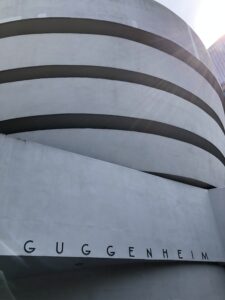
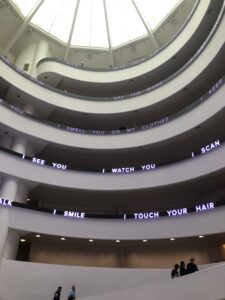
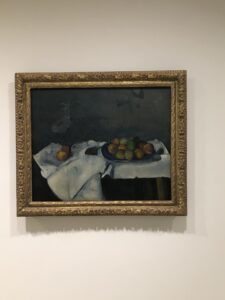
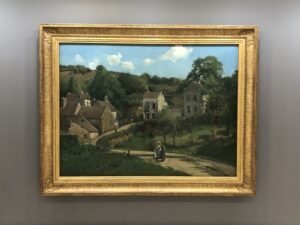
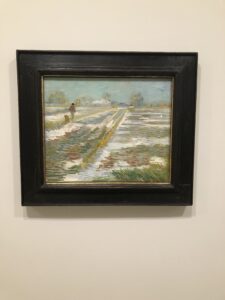
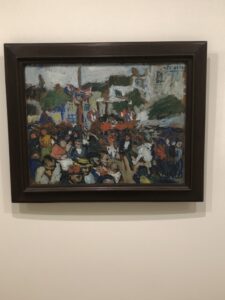

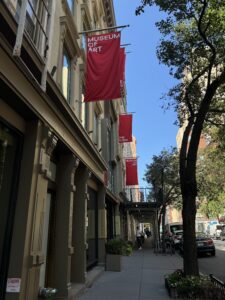

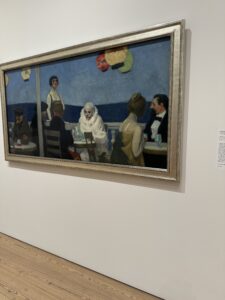
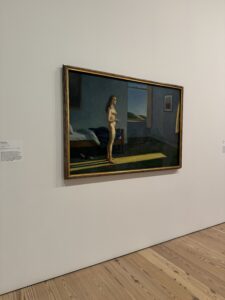
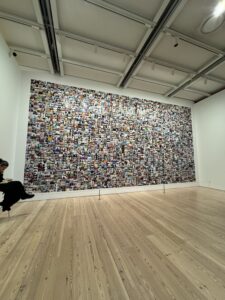
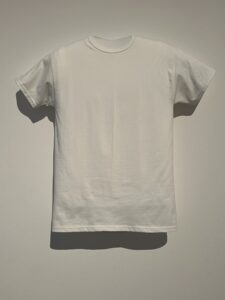

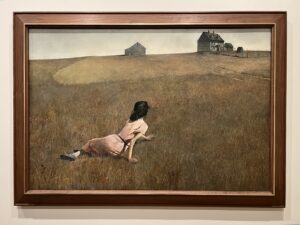
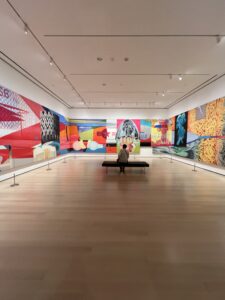

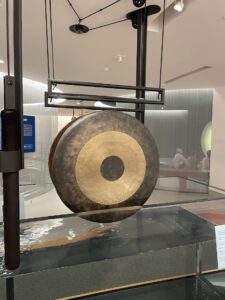
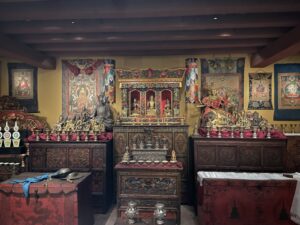
 ♥A Day’s Beginning♥
♥A Day’s Beginning♥
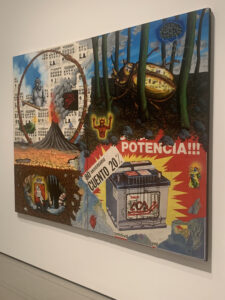

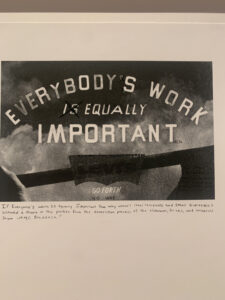


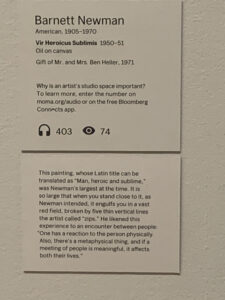




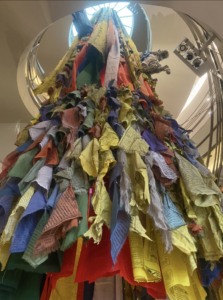
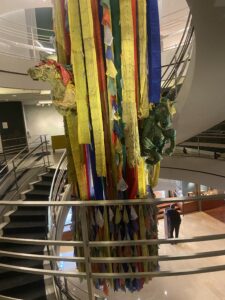
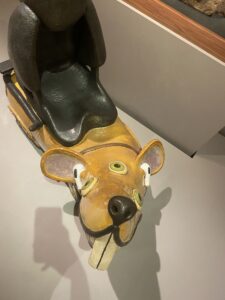
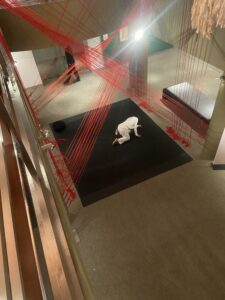
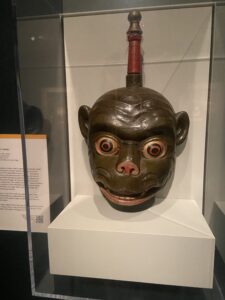
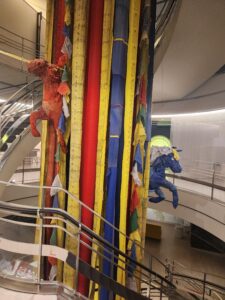

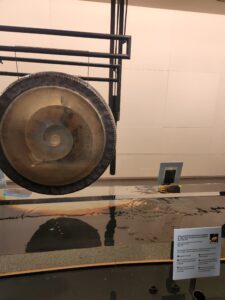
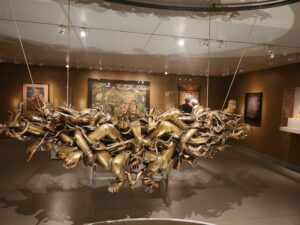

 d repressed trauma.
d repressed trauma.
 At first glance I found that the painting suggests that we are blinded by our desperate desires, leading us to push and impose the illusion of our greatest longings upon others or to selfishly embrace a distorted vision of those closest to us. After meditating on this work for a few minutes, I felt an impending revelation that perhaps The Lovers are trying to warn us of the unease in being unable to unveil the depth and truth of even the closest people in our lives and consequently constraining us to love a lie fed to us, an illusion of who they truly are. This poses a compelling question and leads the audience to wonder whether or not we truly connect with the people in our lives, or merely entangled in a web of illusion and a facade they force us to believe and love? Furthermore, the work explores the paradox of our yearning for love while grappling with the fabrications from our partner, as despite it all, we long and hunger to be wanted and accepted. For this reason, we push forth despite the pain and suffocation accompanying the mystery in our partner and secrets they may hold. Their true intention may be concealed, nevertheless you accept what is being offered in the moment due to the comfort in the passion they offer and the solace in their deception, despite knowing that you are alone in a partnership, trapped, and struggling to breathe.
At first glance I found that the painting suggests that we are blinded by our desperate desires, leading us to push and impose the illusion of our greatest longings upon others or to selfishly embrace a distorted vision of those closest to us. After meditating on this work for a few minutes, I felt an impending revelation that perhaps The Lovers are trying to warn us of the unease in being unable to unveil the depth and truth of even the closest people in our lives and consequently constraining us to love a lie fed to us, an illusion of who they truly are. This poses a compelling question and leads the audience to wonder whether or not we truly connect with the people in our lives, or merely entangled in a web of illusion and a facade they force us to believe and love? Furthermore, the work explores the paradox of our yearning for love while grappling with the fabrications from our partner, as despite it all, we long and hunger to be wanted and accepted. For this reason, we push forth despite the pain and suffocation accompanying the mystery in our partner and secrets they may hold. Their true intention may be concealed, nevertheless you accept what is being offered in the moment due to the comfort in the passion they offer and the solace in their deception, despite knowing that you are alone in a partnership, trapped, and struggling to breathe.


